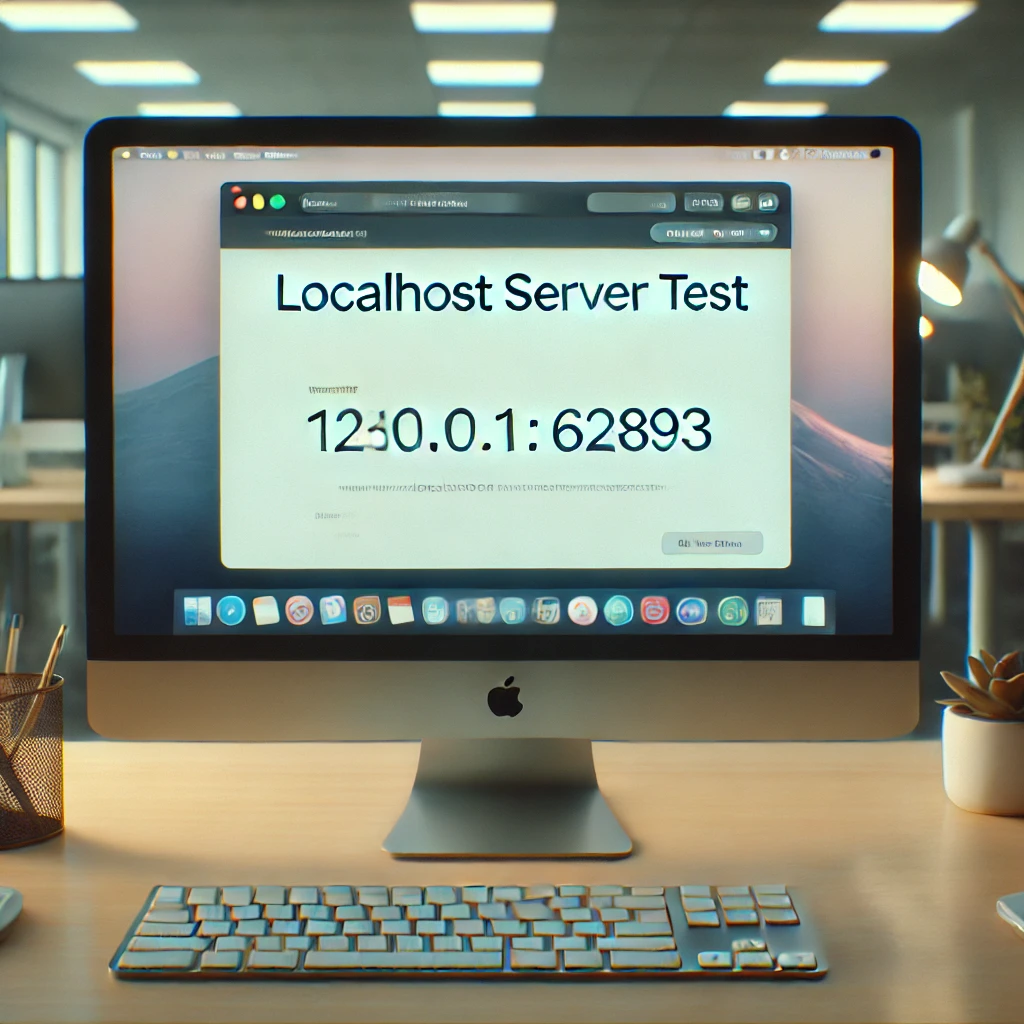When dealing with networking and computer systems, you may encounter various terms and addresses that may seem complex at first glance. One such example is “127.0.0.1:62893.” This combination of numbers is actually quite significant in the context of networking, particularly when it comes to testing and troubleshooting local networks. In this article, we’ll break down what 127.0.0.1:62893 means, how it works, and why it’s important.
What is 127.0.0.1?
To understand “127.0.0.1:62893,” let’s start by dissecting it into two parts: the IP address and the port number.
127.0.0.1 is known as the loopback address or localhost. This is a special-purpose address used by a computer to point back to itself. In other words, 127.0.0.1 is your computer’s way of communicating with itself. It’s commonly used in various scenarios, including:
– Testing Network Applications: Developers often use the loopback address to test network applications during the development process. By using 127.0.0.1, they can simulate network communication without needing a network connection.
– Debugging: System administrators and network engineers use 127.0.0.1 for debugging purposes, ensuring that network configurations and applications are working correctly.
The loopback address is part of the larger 127.0.0.0/8 network range reserved for loopback purposes. Any IP address starting with 127 is used by the host to refer to itself.
What is Port 62893?
The second part of “127.0.0.1:62893” is the port number, 62893. In networking, a port is a communication endpoint. When data is transmitted over a network, it is sent to a specific port on the receiving machine. Ports allow a single IP address to handle multiple types of traffic at once. For example, HTTP traffic usually uses port 80, while HTTPS traffic uses port 443.
Port numbers range from 0 to 65535, and they are divided into different categories:
– Well-Known Ports (0-1023): Common services like HTTP, HTTPS, FTP, etc.
– Registered Ports (1024-49151): Services registered with IANA (Internet Assigned Numbers Authority).
– Dynamic/Private Ports (49152-65535): Temporary ports assigned by the operating system.
Port 62893 falls into the dynamic or private port range. This means it’s typically used for temporary communication and not reserved for any specific service. In practice, this port number could be used by any application on your computer for local communication, such as during software testing or running a local server.
Putting It All Together: 127.0.0.1:62893
Now that we understand both components, “127.0.0.1:62893” refers to a network connection on your computer where:
– 127.0.0.1 is the local machine’s IP address, ensuring that the connection remains within your computer.
– 62893 is a specific port number used by an application or service on your computer.
For example, if you’re running a web server locally for testing purposes, you might access it via 127.0.0.1 on a port number like 62893. This setup allows you to test the server’s functionality as if you were accessing it from a remote location, but without leaving your local machine.
Common Uses of 127.0.0.1:62893
– Local Web Development: Developers often use loopback addresses and random port numbers to test their web applications. Instead of deploying the application to a live server, they run it locally, accessing it via an address like 127.0.0.1:62893.
– Application Testing: Software applications that require network communication may use 127.0.0.1 with a dynamic port number to test features like data transmission, server-client communication, and more.
– Security Practices: By using the loopback address for testing and development, you can prevent unauthorized access since the communication does not leave your local machine.
Troubleshooting with 127.0.0.1:62893
If you’re working with a system or application that uses 127.0.0.1:62893 and encounter issues, here are a few troubleshooting steps you can take:
– Check Application Logs: Look into the logs of the application using the port to see if any errors are being reported.
– Verify Port Usage: Use tools like `netstat` or `lsof` to check if port 62893 is in use by another application. This can help identify conflicts.
– Firewall Settings: Ensure that your firewall settings are not blocking the local traffic on port 62893.
– Restart the Application: Sometimes, simply restarting the application or service can resolve the issue.
Conclusion
The address “127.0.0.1:62893” is a simple yet powerful tool in the world of networking, particularly for local development and testing. By understanding how it works, you can effectively troubleshoot issues, develop software, and manage local servers with ease. Whether you’re a developer, system administrator, or just someone curious about networking, knowing how to work with loopback addresses and ports is an essential skill in today’s digital world.


